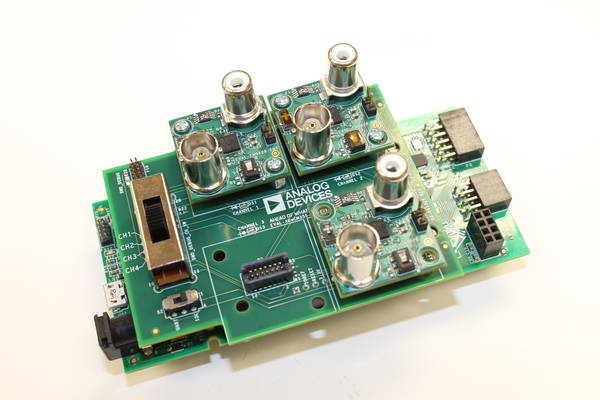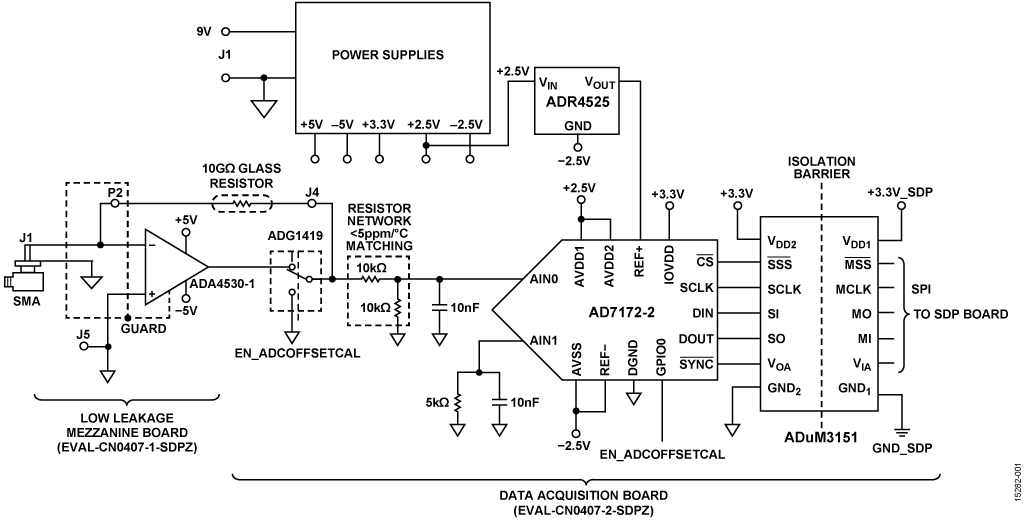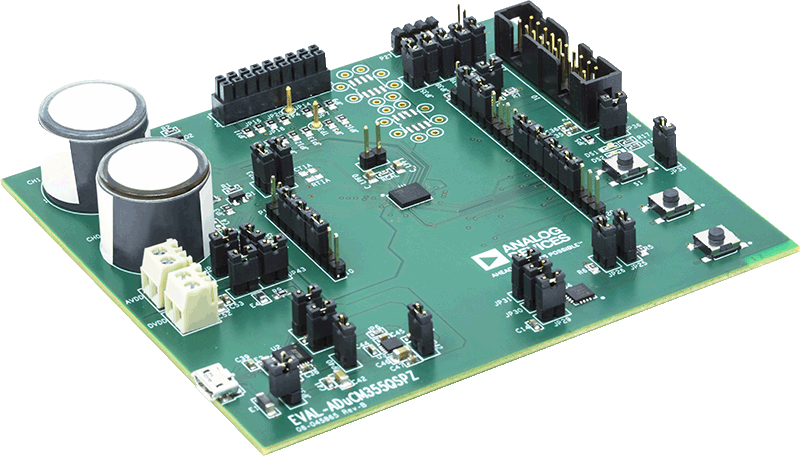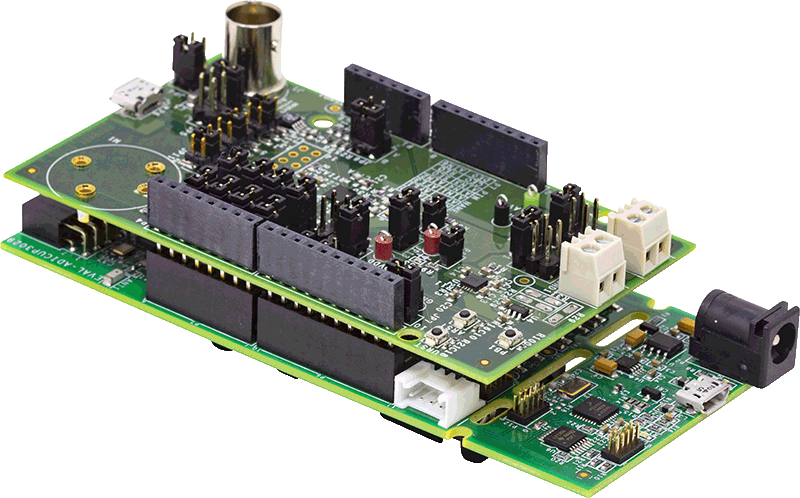
Point of Care (PoC) Diagnostic Solutions
PoC diagnostics technology enables decentralized testing for infectious diseases, STDs, and more. The ability to perform rapid tests outside the clinical laboratory can provide a faster time to diagnosis, lower costs, an earlier start to treatment, and a faster recovery for patients.
A multipurpose PoC solution—that can identify more than one type of disease—requires a companion electronic device that is not only accurate but is also easily upgradable when new disease variants emerge or testing menus expand.
We are uniquely positioned with a portfolio of both electrochemical and optical diagnostic solutions, providing a measurement engine to complement a range of biosensors and chemistries while enabling a platform that can be upgraded using software.
Value and Benefits
Rapid point-of-care testing (PoCT) gives power to the patient by leveraging innovation and technology for at-home assessments. With results available in minutes, rapid POCT informs quicker clinical decision making, decreases costs, and improves patients’ quality of life.
PoCT has significantly increased the number of IVD tests that are performed outside of the laboratory environment. As samples are increasingly being handled by doctors and patients, potential misuse or unintended reuse must be considered as part of the risk analysis. Intentional tampering, such as counterfeit cartridges, will not only affect the test result but can also harm brand reputation and investment of the device manufacturer.


Future Proofs your solution with flexible platform


Ensures high sensitivity and fast time to results


Prevents reuse of disposable cartridges

How Secure Electronic Authentication Mitigates Risk at the Point-of-Care
Details on the security challenges associated with PoC diagnostics tests.

How Integrated Optical Receivers Future-Proof Point-of-Care Instruments
Details on key considerations when designing an optical PoC receive chain.

A Potentiostat in Your Pocket
ADI and PalmSens technology come together in this electrochemical biosensor that provides rapid PoC diagnostics in the veterinary clinic—and one day, in clinics for people, too.

Interactive Signal Chains


Featured Products









Evaluation Boards
Key Resources
Technical Articles
Files and Downloads
Book & eBook

Understanding Silent Switcher Technology: High Efficiency, Low EMI eBook
7.75 M
Informational

Break Healthcare's Boundaries with Cutting Edge Remote Patient Monitoring
827.81 K
Solutions Bulletin & Brochure

Silent Switcher Technology
1.74 M

Electronics Solutions for Miniaturizing Lab-Grade Electrochemical Measurements
1.9 M
{{modalTitle}}
{{modalDescription}}
{{dropdownTitle}}
- {{defaultSelectedText}} {{#each projectNames}}
- {{name}} {{/each}} {{#if newProjectText}}
-
{{newProjectText}}
{{/if}}
{{newProjectTitle}}
{{projectNameErrorText}}








